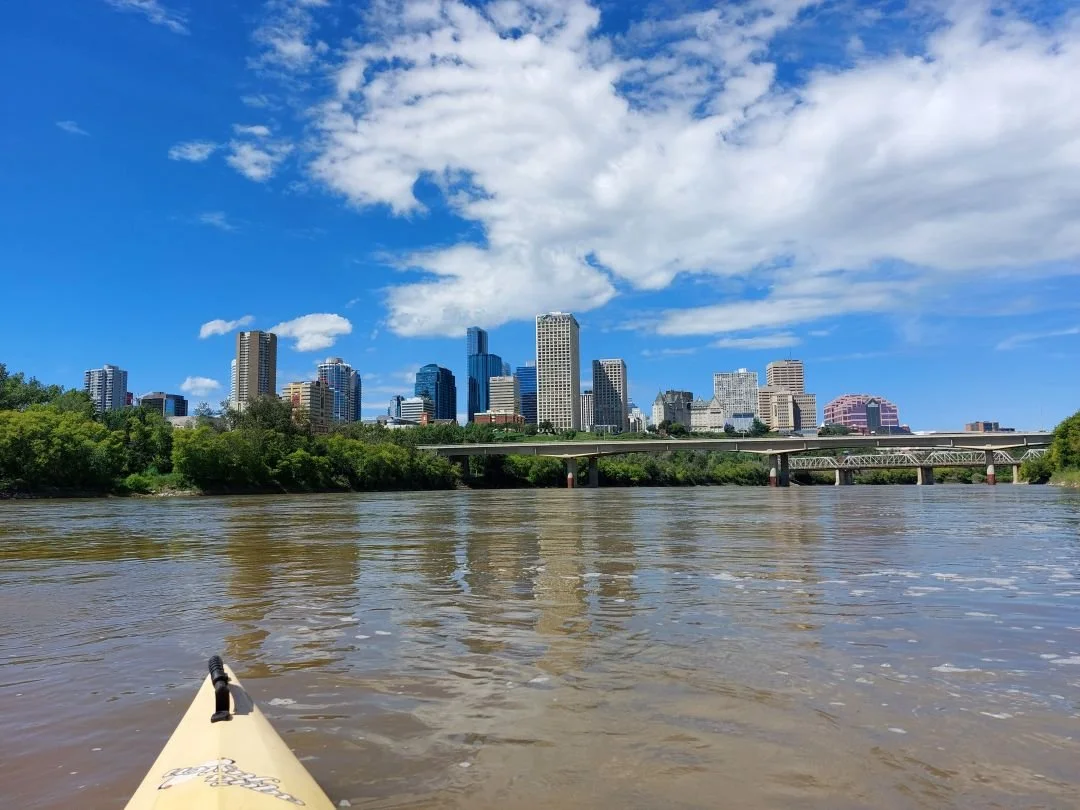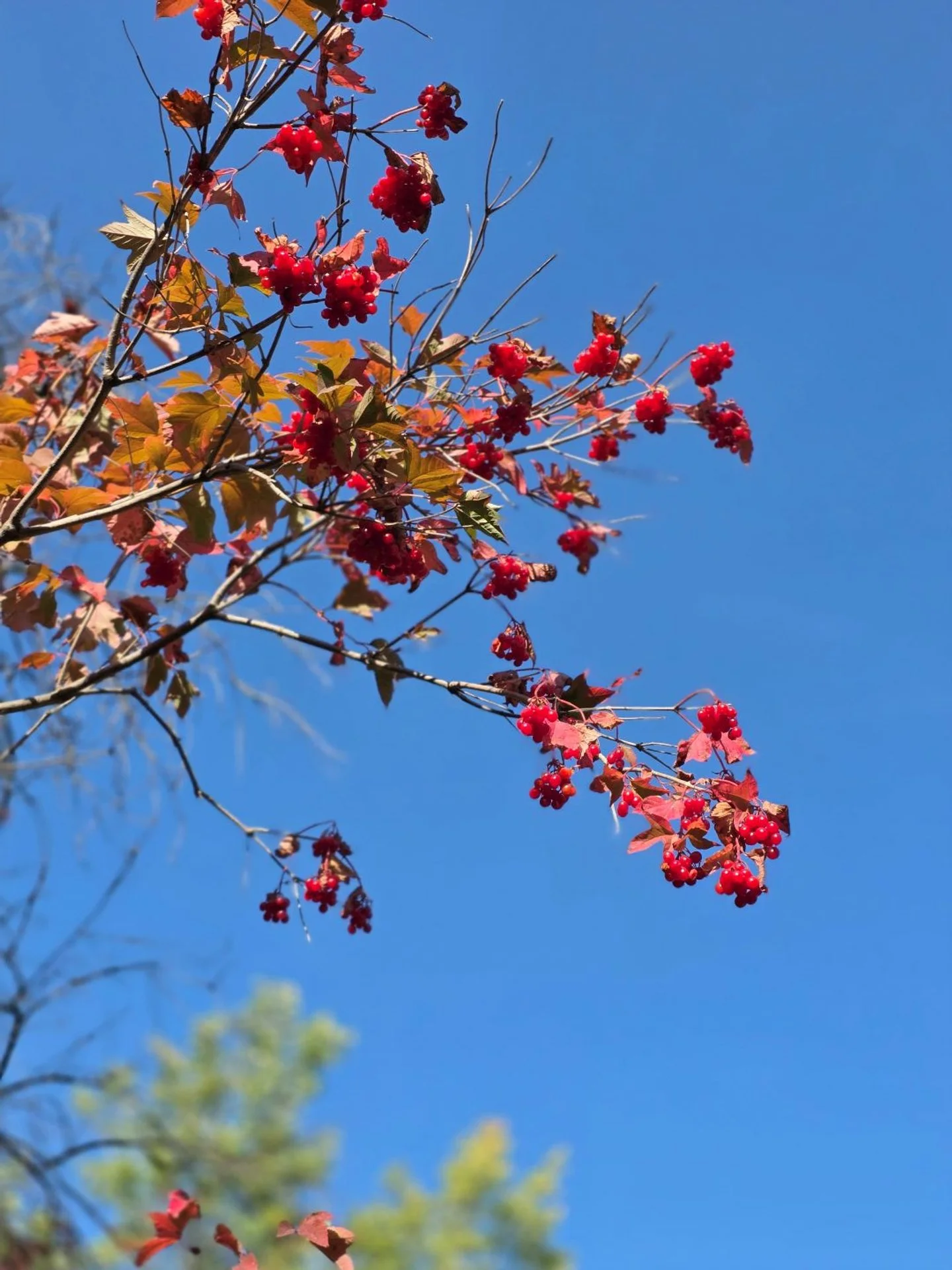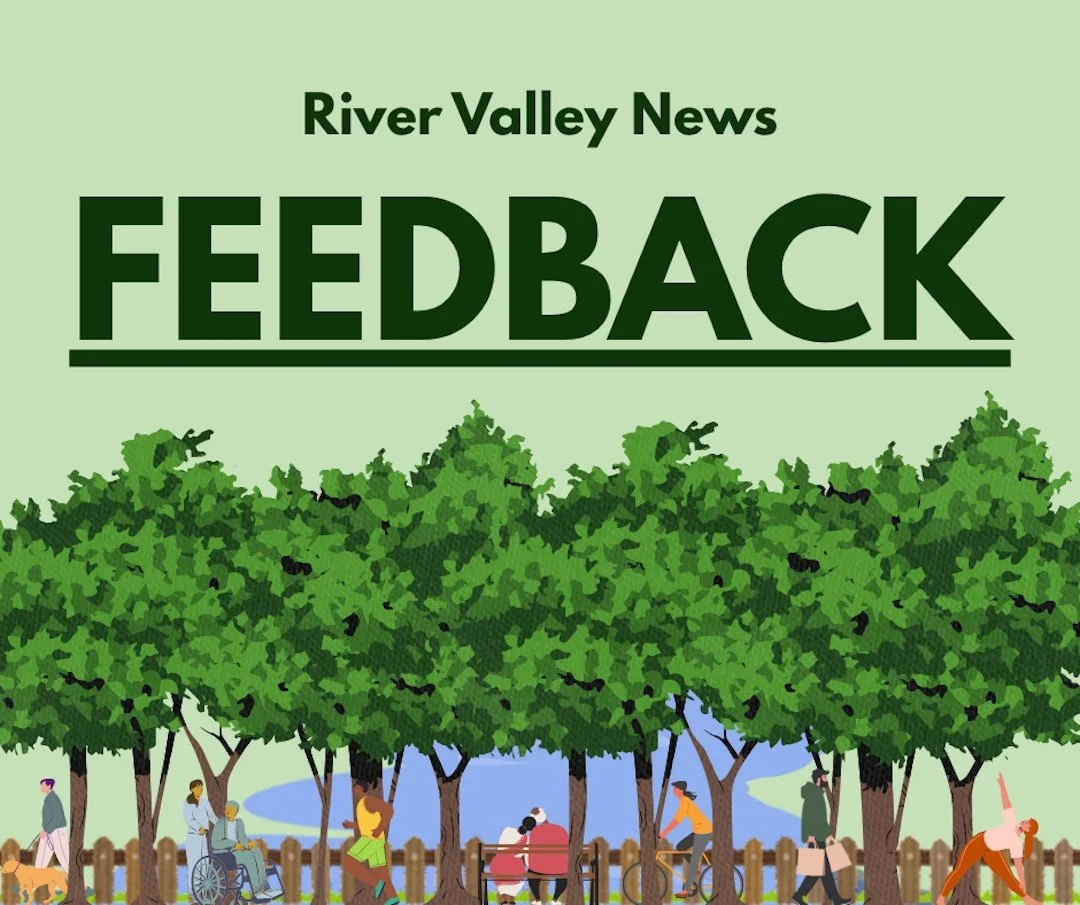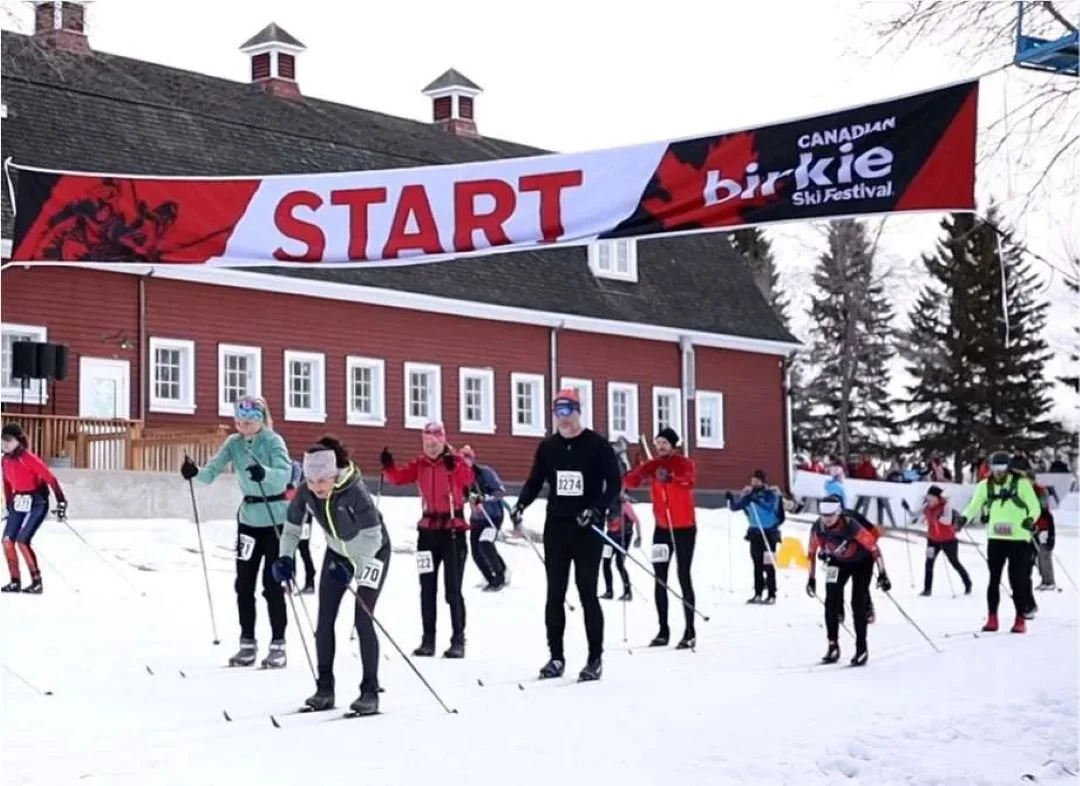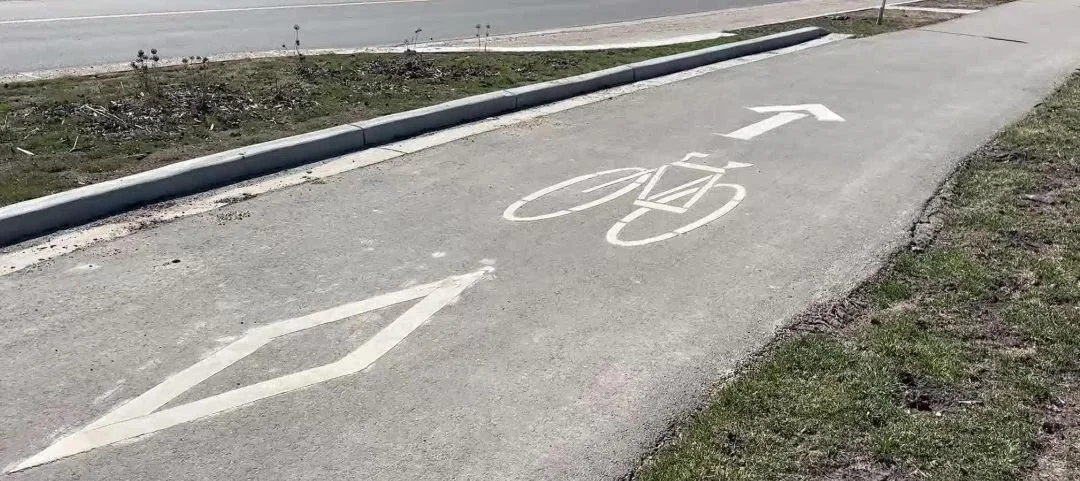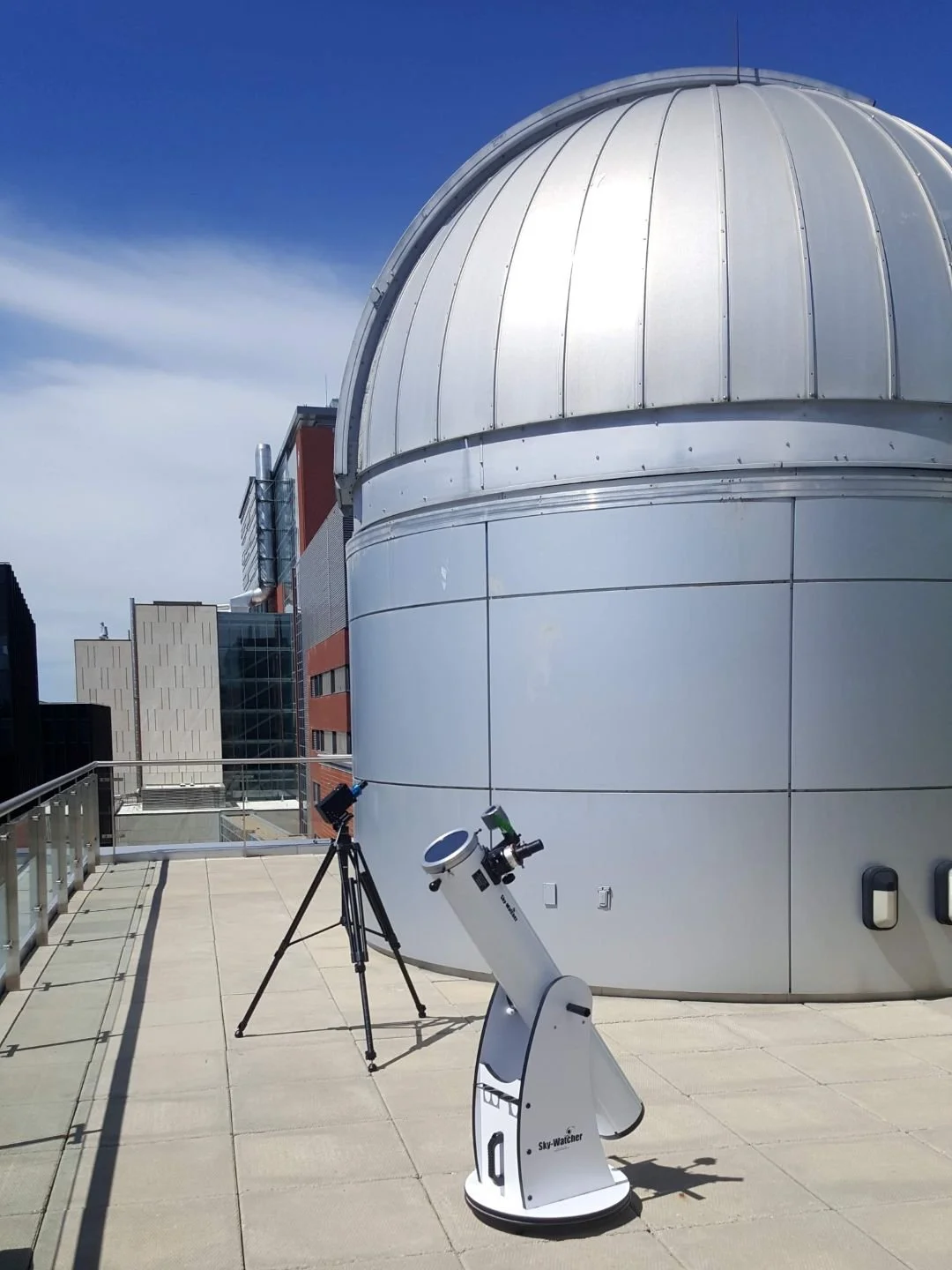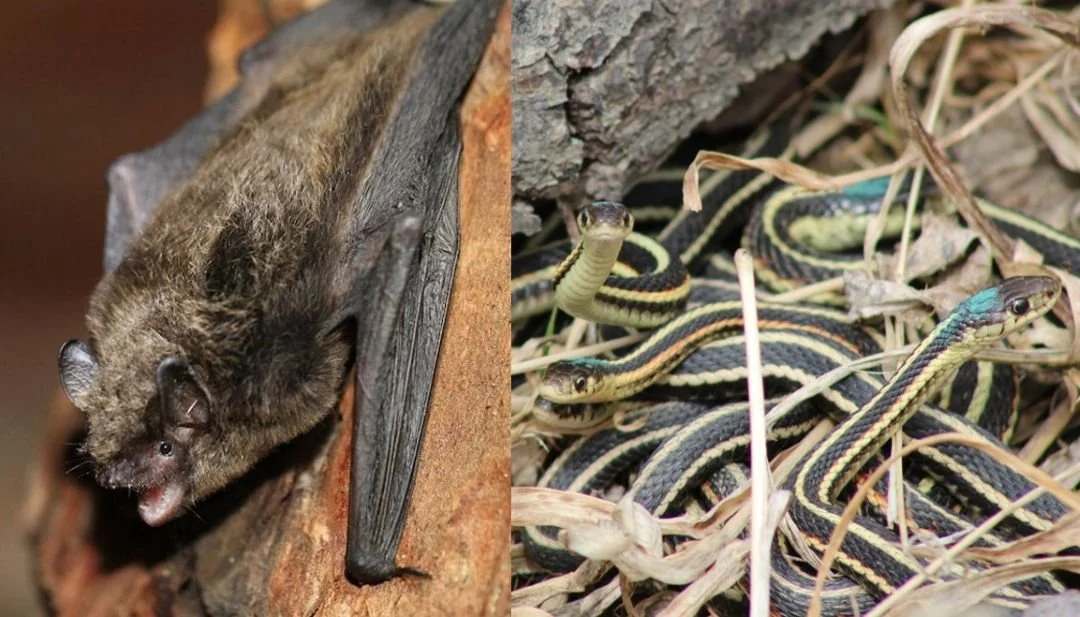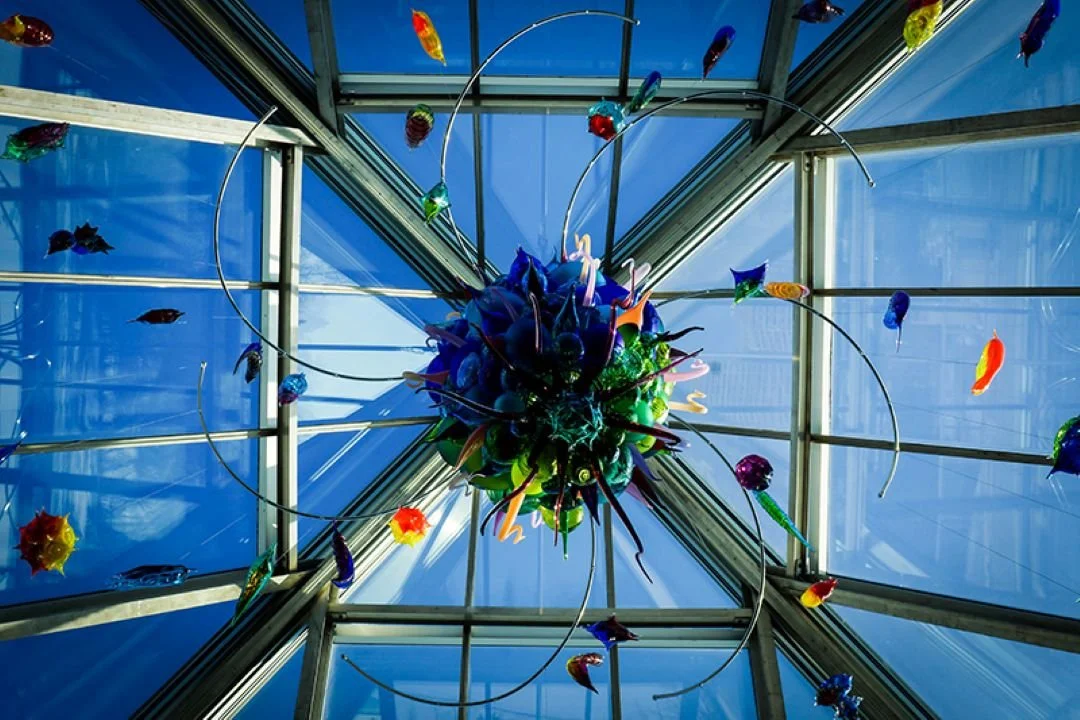Call for Protection of Our River Valley and Ravines
Edmontonians have long professed a deep love for our river valley and ravines. Given a forecast major population increase, we face an increased challenge to ensure access to the valley while still protecting nature. Provincial law mandates city council to protect our environment. The recently passed River Valley Bylaw states that our river valley and ravines provide a significant ecological corridor, protects wildlife passage and allows access to Edmontonians to experience nature.
Yet regrettably, despite the interventions by our society and others, the majority of Council voted to weaken previous mandatory duties to base decisions on potential impacts to ecology, nature- based solutions and climate change. A considerable amount of land has already been lost to development and important areas could be lost if not acquired and zoned for protection. To protect our valley as a legacy for Edmontonians now and into the future, we need to elect a Council committed to timely action.
While many issues are being raised as priorities for the coming civic election, the North Saskatchewan River Valley Conservation Society encourage voters to also consider asking candidates about their commitment to protecting our river valley and ravines, including:
Would you make it a budget priority to protect our river valley and ravines?
Are you aware of the long- standing City Policy and Bylaw requirement to acquire additional lands in the valley? What action would you take to make this happen?
Do you or your family enjoy walking, biking or skiing in the valley and if so do you support action to implement a strategy to better manage and maintain the trails?
Do you believe the public should have a voice in decisions about proposed developments in our river valley and ravines?
As the current Council approved a motion in August of 2023 to move to the planning stage for a National Urban Park, what is your position on the potential establishment of a National Urban Park, and would you be prepared to continue to work with Parks Canada and other partners to secure federal funding and resources in support of this initiative?
For a full list of 2025 Edmonton Election Candidates head to 2025 Edmonton Election Candidates.
Photo credit: Edmonton City as Museum Project website
Edmonton's Grads The Unstoppable Women of Basketball
The Edmonton Commercial Graduates (the Grads) were an amateur women’s basketball team that played from 1915 to 1940. They were simply the best and they had the record to prove it. They won 412 out of 432 games played, with only 20 losses. They played 147 games between 1915 and 1922 and never lost a single game. They played in the Paris
Olympics, the Amsterdam Olympics, the Los Angeles Olympics and the Berlin Olympics, and never lost an Olympic contest. No other sporting team has a comparable record.
The Grads started in 1915, only 24 years after the sport was invented by Canadian James Naismith. They got into a brand new sport early and by the start of the 1920s entered formal amateur competition. The Grads, as amateur athletes, were never paid to play basketball. They balanced full-time jobs with a demanding practice and tournament schedule throughout the basketball season.
An excerpt from the book Edmonton in Our Own Words by Linda Goyette and Carolina Roemmich reads: “In the most humiliating years of the Depression, the Grads gave Edmonton the pride of a world-class achievement. Could there be a finer gift? So why is it that Edmonton has a Wayne Gretzky Drive but not a freeway, not a stadium, named after the Grads? In the best of times-our times- people in Edmonton share a passion for competitive sports and the arts. In the worst of times, these passions repaired the city's torn spirit.”
Edmonton's Stinky but Delicious Treasure
Have you ever been walking through the river valley in fall and caught a whiff of something unpleasant, almost like dirty socks? Don’t worry, it very well may have been ripening highbush cranberries. Despite the name, highbush cranberry is not a cranberry at all! These are actually part of the honeysuckle family and are a very important plant for over-wintering birds, as they are one of the few berries that are available throughout the winter.
Highbush cranberries are native to Canada with a range from New Brunswick to British Columbia and North to Alaska making it very winter hardy. They tend to like growing in shady, moist places such as stream banks, wet thickets, and old river bottoms. Highbush cranberry flowers in early summer and produces fruit ripe by late summer. Often the fruit is picked after a frost which tends to make the fruit more palatable.
While the berries might not smell the nicest this is normal and disappears during the cooking process where the resulting flavour is said to be very tasty. The tart fruits were an important food to many indigenous peoples and the Cree used a tea made from this bark to alleviate cramps as it is an antispasmodic. Ukrainian Canadians have long been filling jars with this vibrant jelly and serving it with perogies. They have a name for it — kalyna, which refers to both the berries and the jelly. It was a staple in every household a couple of generations ago, because berries were plentiful and free.
Beyond the Bike Lane: Finding Common Ground on Edmonton Roads
Marian writes: “Bikes are a great way to get around. I miss being able to ride anymore. The one wish I have is that bikes have a headlight of some kind. The days are getting shorter and I have been startled by a rider coming toward me with no light. Having bright lights in your eyes can not be pleasant, so please spend a few dollars to just put some type of light on the front of your bike when riding in dim or dark conditions. I would really appreciate it”
General Inquiry
Norma writes: “I am in a 20 some year condo complex on the south east corner of St Albert. We have had several problems with rabbits who I assume think of us as a good place to find food.
My question is in regard to a Linden tree (small, perhaps 5 feet high) that I saw rabbits last winter scratching on it. In the spring I could see that pieces of bark had disappeared from that area of the tree and there were black ants on it. How can we protect the tree this coming season other than to cover the lower part of the tree?
Any suggestions would be appreciated. Thank you.”
Hi Norma,
It is reported that rabbits and small rodents will eat the bark when food is scarce, sometimes girdling young trees. Unfortunately the most effective way to prevent this is to use some type of barrier or tree guard to stop the unwanted behavior. The two most common methods of protecting trees from animal damage would be:
Repellents: There are a number of ready-made repellents on the market that will discourage rabbits, deer and mice from feeding on trees. Most contain thiram, a distasteful but harmless fungicide. Once applied to the tree, its bitter taste discourages animals from taking a second bite. One example would be Rabbit Repellent - Plantskydd Canada.
OR
Tree Guards: Individual tree guards may be more effective where rabbit damage is concerned. Tree guards can be made from a 10-20 mm square wire screen, set 7.5-10 cm into the ground and braced away from the base of the tree. It should reach a height of 50 cm above the expected snowline. Or you can find different types of plastic tree guards that are easy to put on young trees in the fall. Then you will remove them in the early spring once there is other food available for rabbits and other wildlife.One example would be Tree Protector - Prairie Gardens.
I hope this information is helpful and your Linden trees grow tall and healthy,
Justin
Photo Credit: Tracy Alikamik
Comment or Contributions
Please note articles may not reflect the position of NSRVCS. River Valley News is meant to be a clearinghouse for the variety of opinions and ideas about Edmonton’s River Valley.
Email river valley photos, event information, comments, or questions to nsrivervalley@gmail.com.
Forward this link to anyone you think may want to sign up for this newsletter https://www.edmontonrivervalley.org/newsletter-signup


